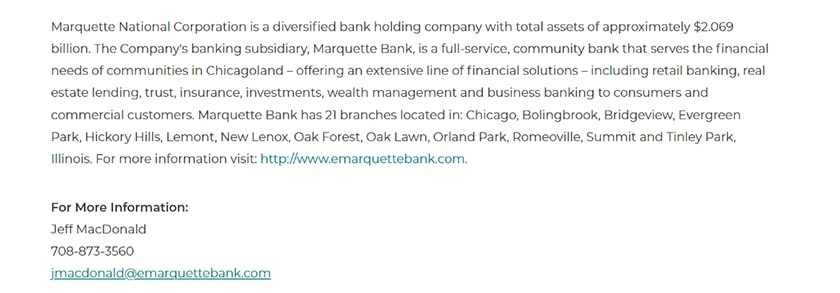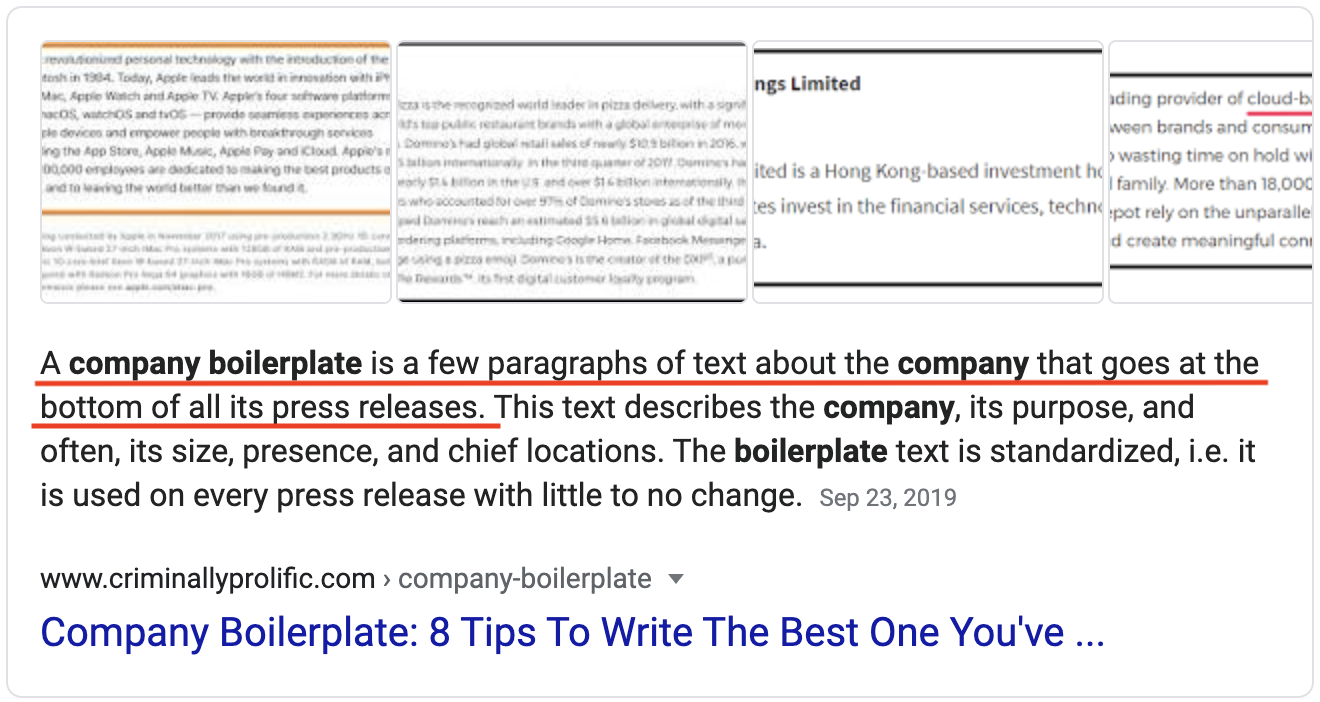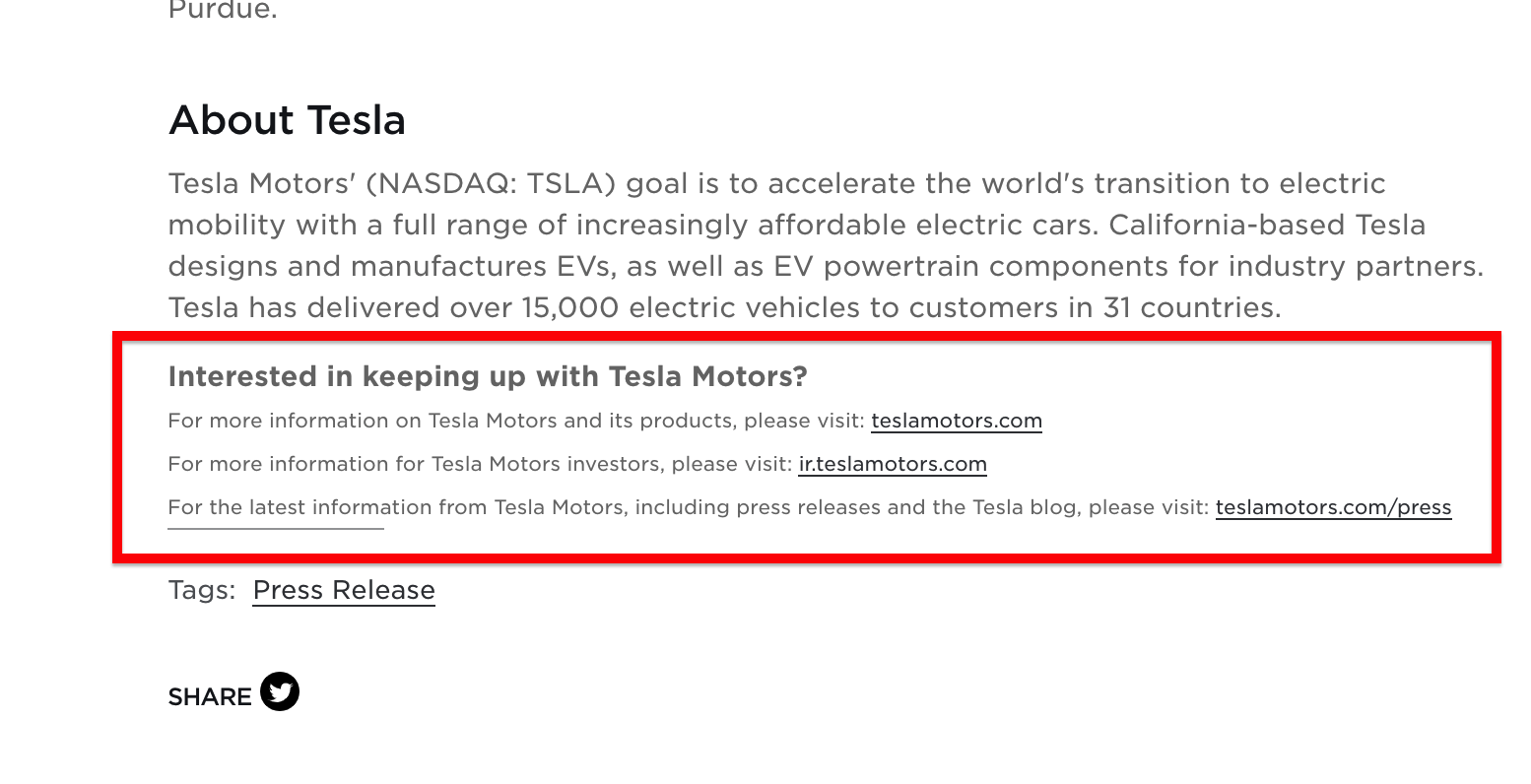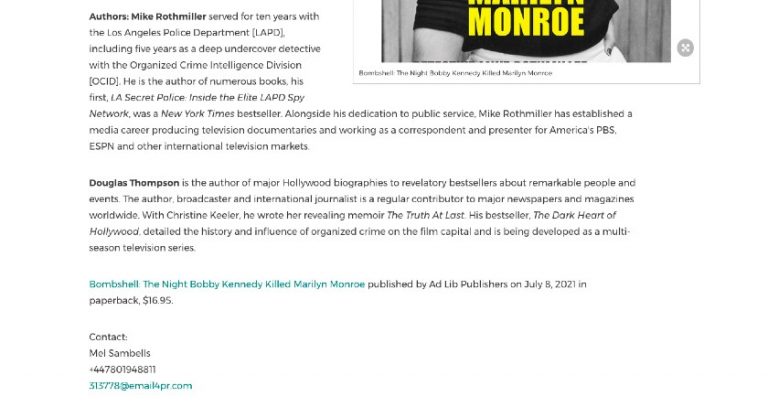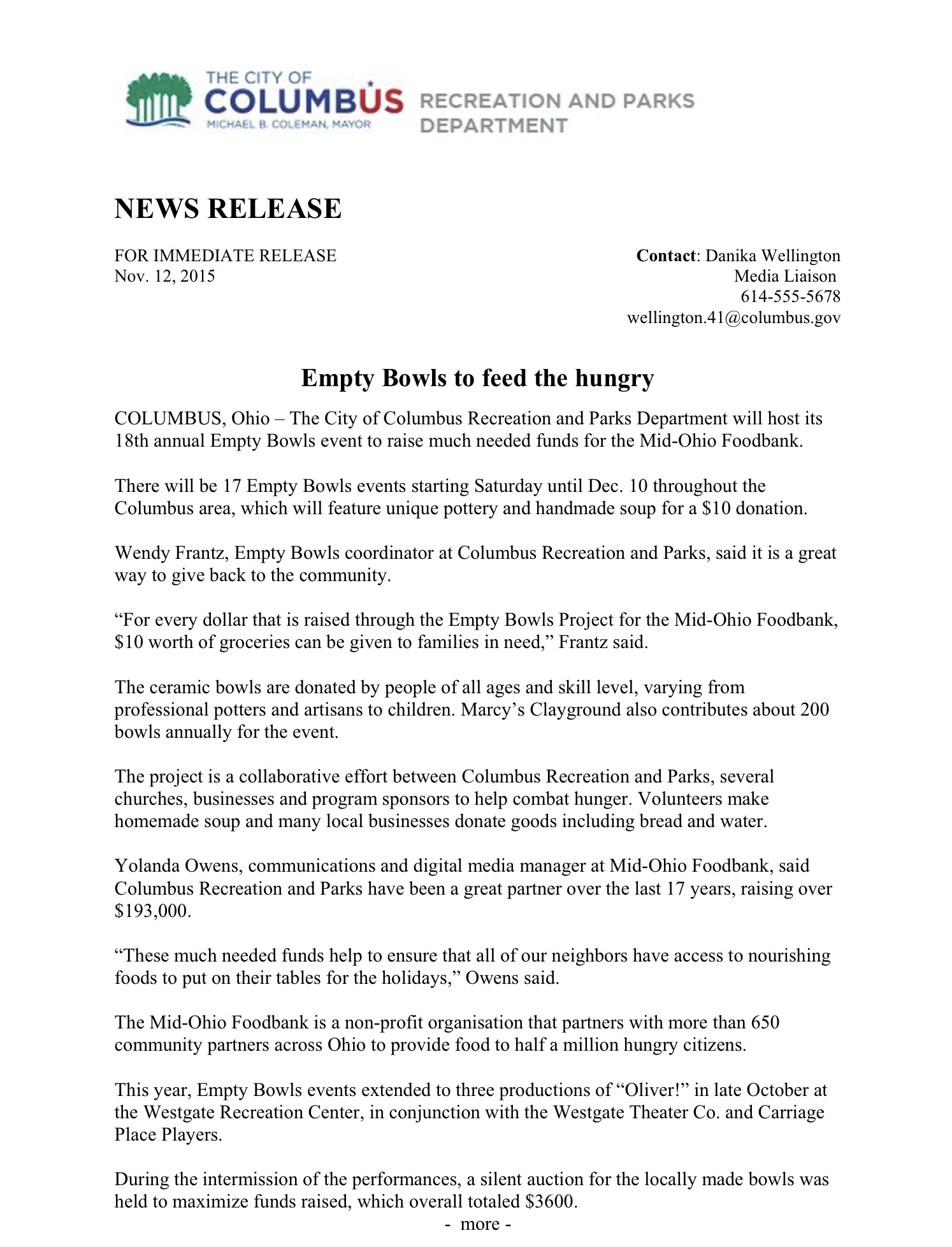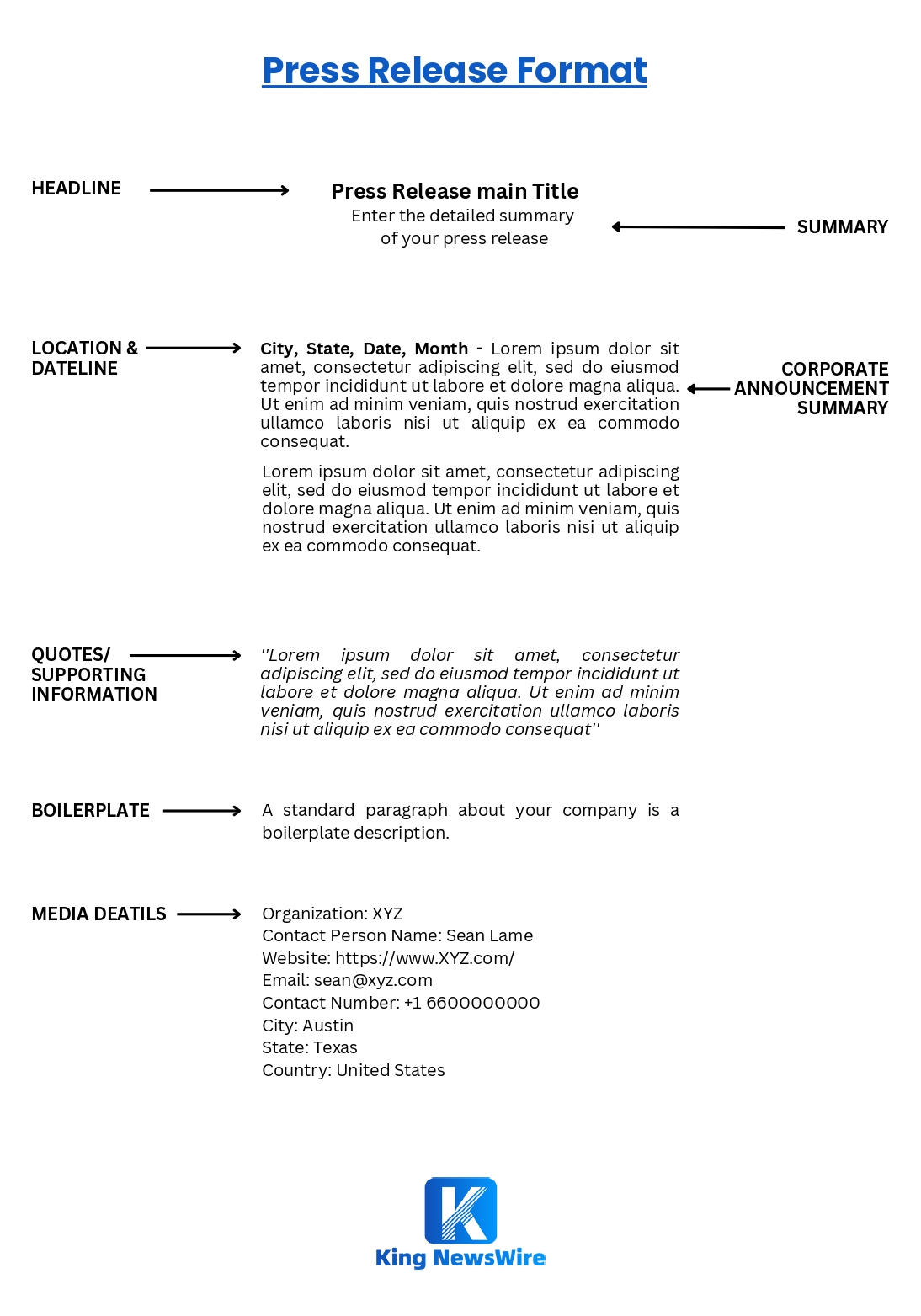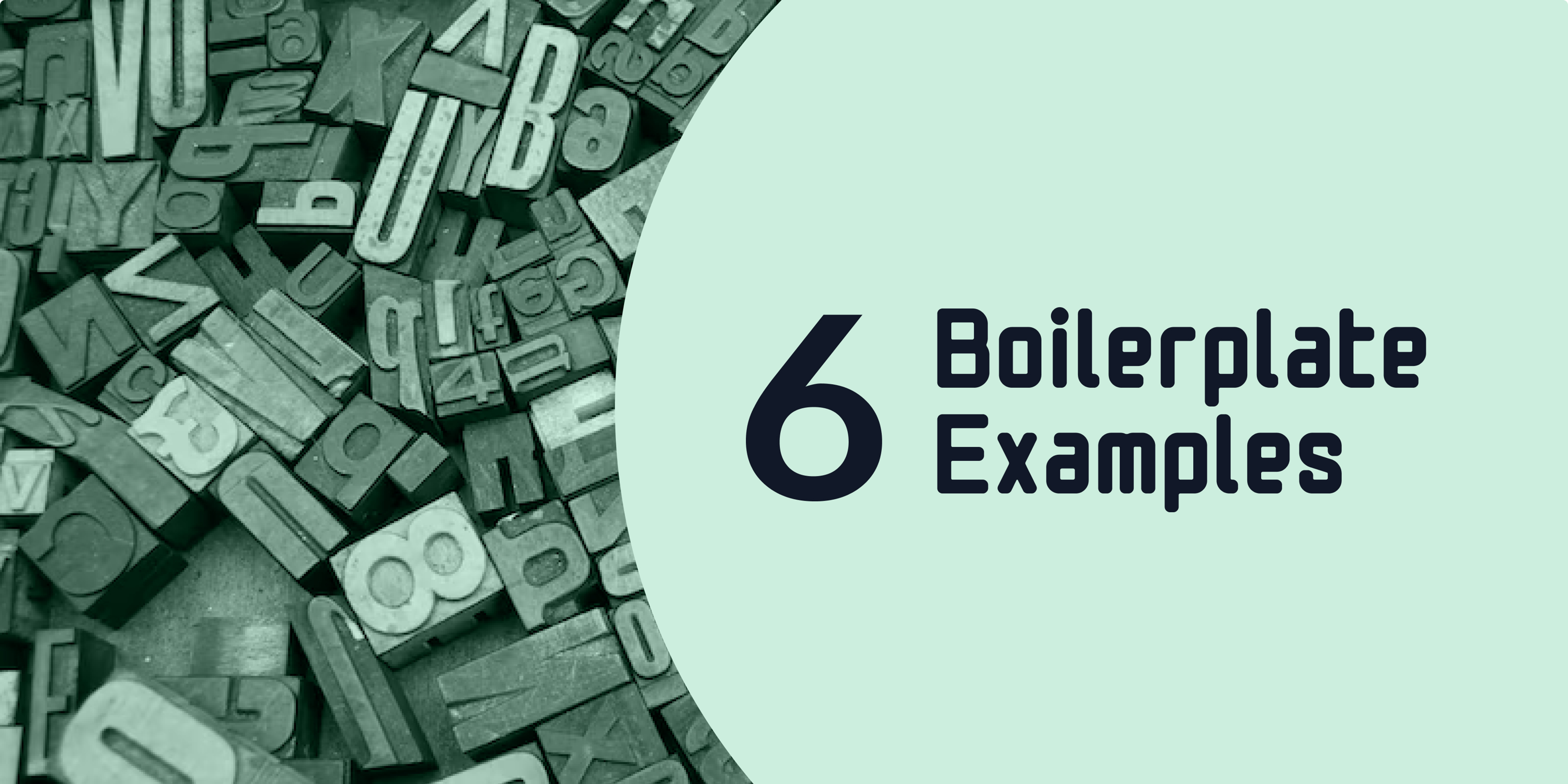What Is The Boilerplate In A Press Release
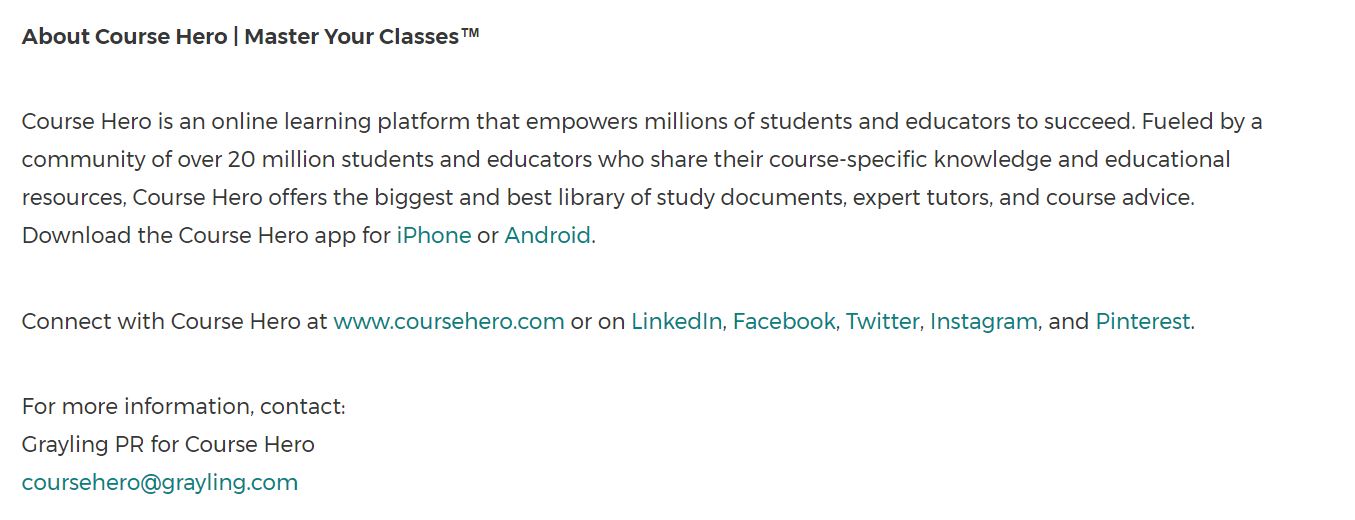
In the fast-paced world of news and media, crafting a compelling press release is crucial for organizations seeking to share announcements, updates, or achievements. But beyond the headlines and key information, a seemingly unassuming section called the boilerplate plays a vital role. It shapes how a company is perceived and understood.
The boilerplate, a standardized block of text appearing at the end of a press release, offers a concise overview of the issuing organization. It functions as a mini-biography, providing essential context and branding information that shapes media coverage and public perception. Understanding its purpose and crafting it effectively is key to successful public relations.
Deciphering the Boilerplate: The Nut Graf for Companies
The boilerplate, also known as "About Us" section in press releases, serves as a standardized paragraph providing background information about the issuing organization. It appears at the very end of the release, after the main body and contact information.
Its primary function is to offer journalists and other readers a quick and reliable summary of the company's mission, history, and key achievements. This ensures consistency in how the organization is represented in news articles and other media coverage.
Key Elements of an Effective Boilerplate
While there is no strict template, effective boilerplates typically include several essential elements. These contribute to a clear and impactful organizational profile.
First, the boilerplate should clearly state the organization’s mission or purpose. This defines what the company aims to achieve and its core values.
Second, a brief history of the organization can be included, highlighting key milestones and achievements. This establishes credibility and demonstrates a track record of success. It builds trust with journalists and readers.
Third, the boilerplate should mention key products, services, or target markets. This helps readers understand the company's offerings and its place in the industry.
Fourth, awards, recognitions, or notable partnerships can be mentioned to enhance the organization's reputation. These elements further demonstrate the company's value and impact.
Finally, a brief and memorable tagline or slogan can be included to reinforce the company's brand identity. A well-crafted tagline helps in long-term brand recognition.
Why the Boilerplate Matters: More Than Just Filler
The boilerplate is often overlooked, but it's far from inconsequential. It plays a significant role in shaping media narratives and influencing public perception.
For journalists, the boilerplate provides a readily available and reliable source of information about the company. This saves time and ensures accuracy in reporting.
For the organization, the boilerplate offers an opportunity to control its narrative. It ensures that key messages are consistently communicated across all media channels.
A well-written boilerplate can also enhance the organization's credibility and build trust with stakeholders. This makes it an indispensable tool for effective public relations.
Crafting a Compelling Boilerplate: Best Practices
Creating a compelling boilerplate requires careful consideration and attention to detail. Adhering to best practices ensures it effectively communicates the organization's story.
First, keep it concise. Aim for a paragraph of no more than 100-150 words. Brevity enhances readability.
Second, use clear and simple language. Avoid jargon or technical terms that may confuse readers. Focus on clear communication.
Third, focus on the most important information. Highlight key achievements and differentiators. Highlight the core value.
Fourth, tailor the boilerplate to the target audience. Consider the interests of journalists and other stakeholders. Understanding the audience is key.
Fifth, regularly review and update the boilerplate. Ensure it reflects the organization's current mission and achievements. Stay updated.
The Boilerplate in Action: Real-World Examples
Many well-known companies utilize their boilerplates to effectively communicate their brand and values. Examining these examples can provide valuable insights.
For instance, a technology company might emphasize its innovative spirit and cutting-edge products. A non-profit organization might focus on its mission and impact on the community.
Each example demonstrates how the boilerplate can be tailored to reflect the unique identity and goals of the organization. It is a dynamic message for media.
Example: "About Acme Corp: Acme Corp is a leading provider of innovative software solutions, empowering businesses to streamline operations and enhance productivity. Founded in 2000, Acme Corp has a proven track record of delivering cutting-edge technology and exceptional customer service. With a global presence, Acme Corp serves clients across various industries, driving digital transformation and achieving sustainable growth."
The Future of the Boilerplate: Adapting to a Changing Media Landscape
As the media landscape continues to evolve, the importance of the boilerplate remains constant. It serves as a reliable source of information in a world of rapidly changing news cycles.
Organizations must continue to refine their boilerplates to ensure they remain relevant and impactful. Adapting to new technologies and platforms is crucial. It is about relevance.
By embracing best practices and staying true to their brand identity, companies can leverage the boilerplate to effectively communicate their story and build lasting relationships with the media and the public. Effective boilerplate is essential for public relations.
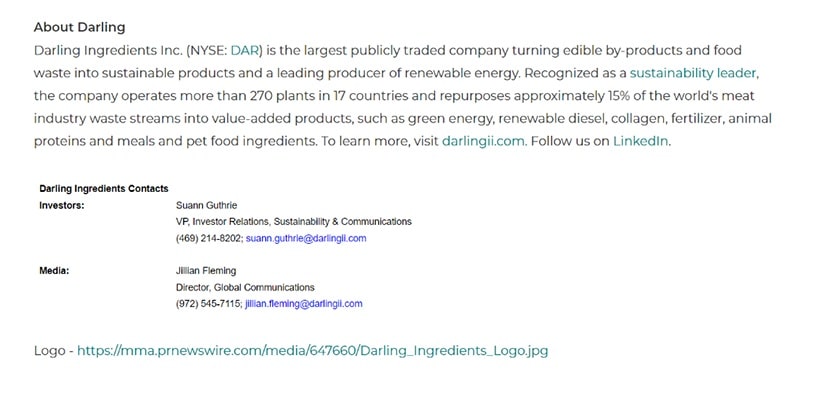

![What Is The Boilerplate In A Press Release How to Write a Press Release Boilerplate [Template] | Newswire](https://www.newswire.com/blog/wp-content/uploads/2018/04/NW_Boilerplate-Checklist-1.png)
